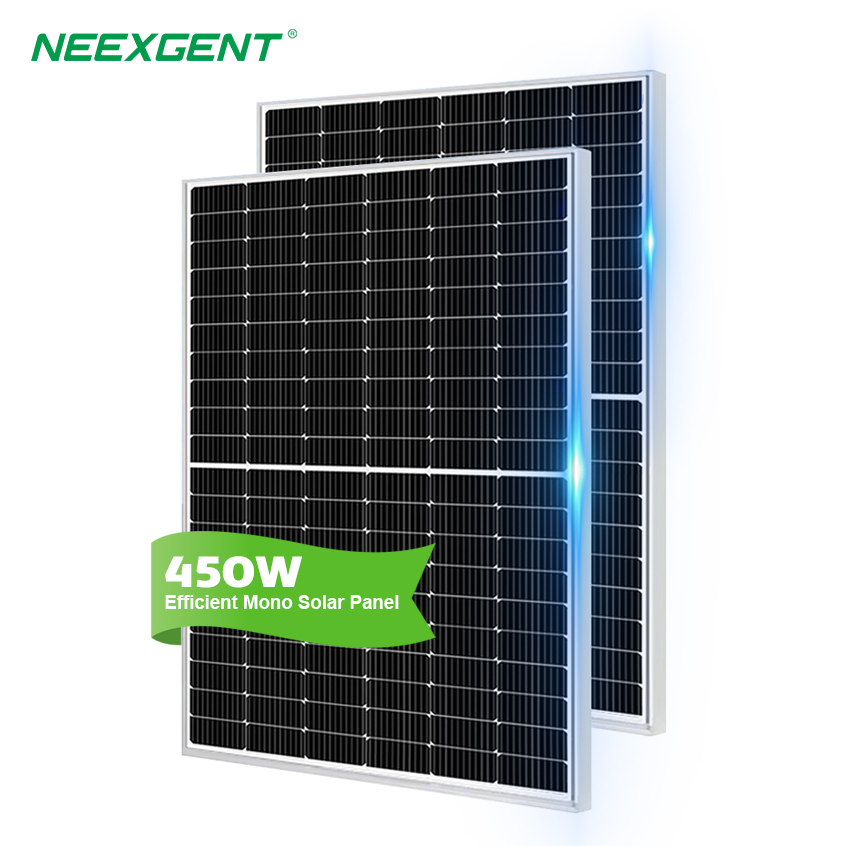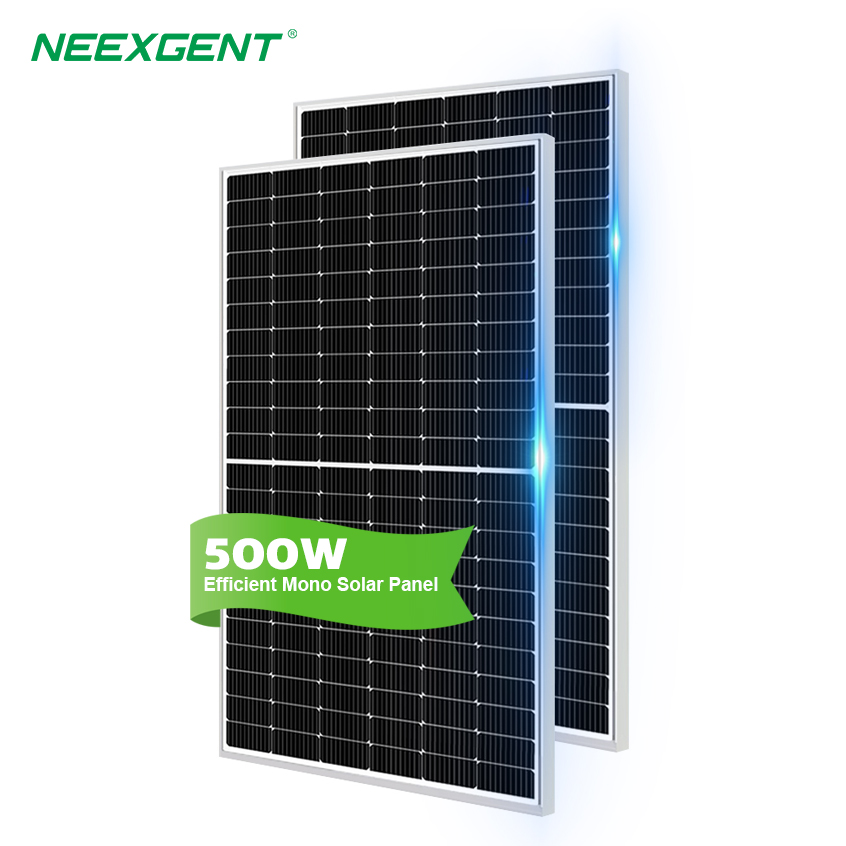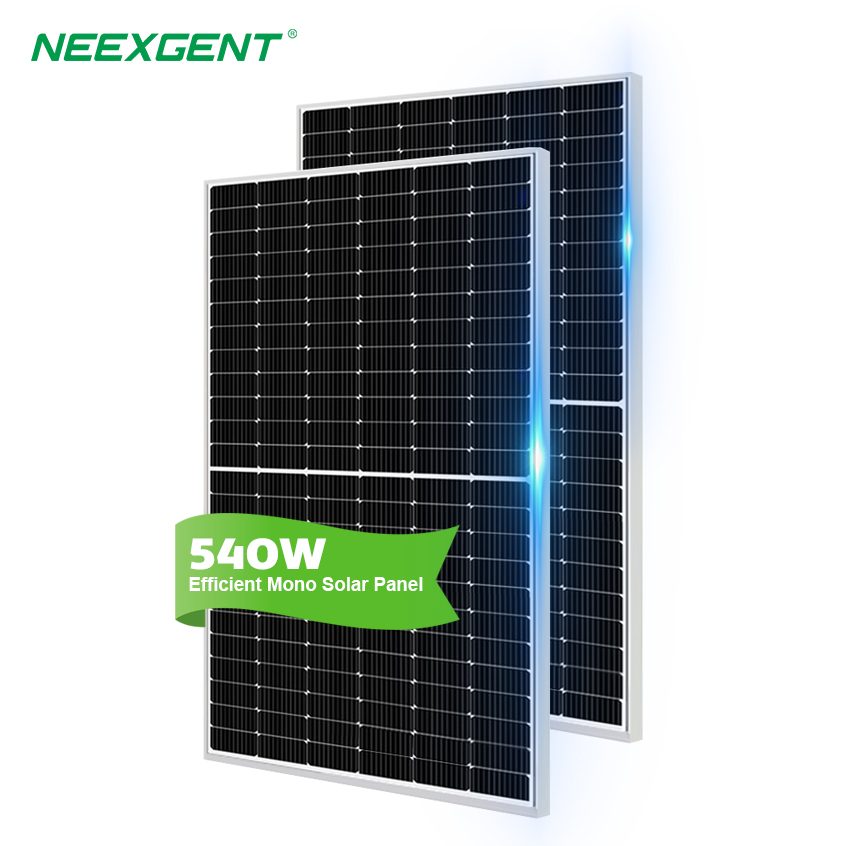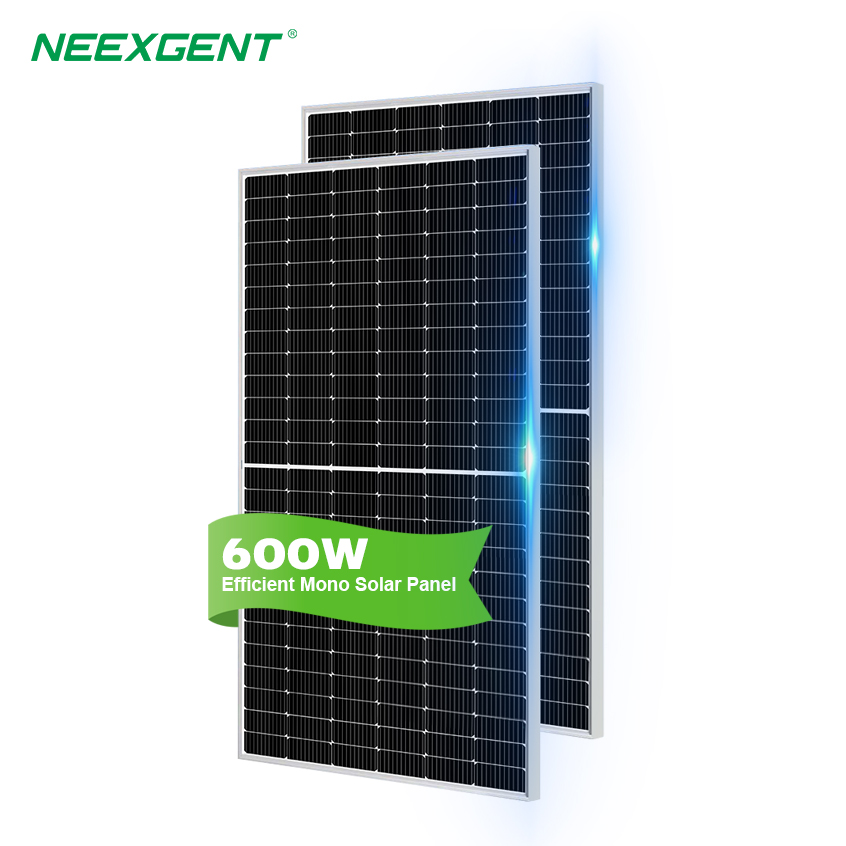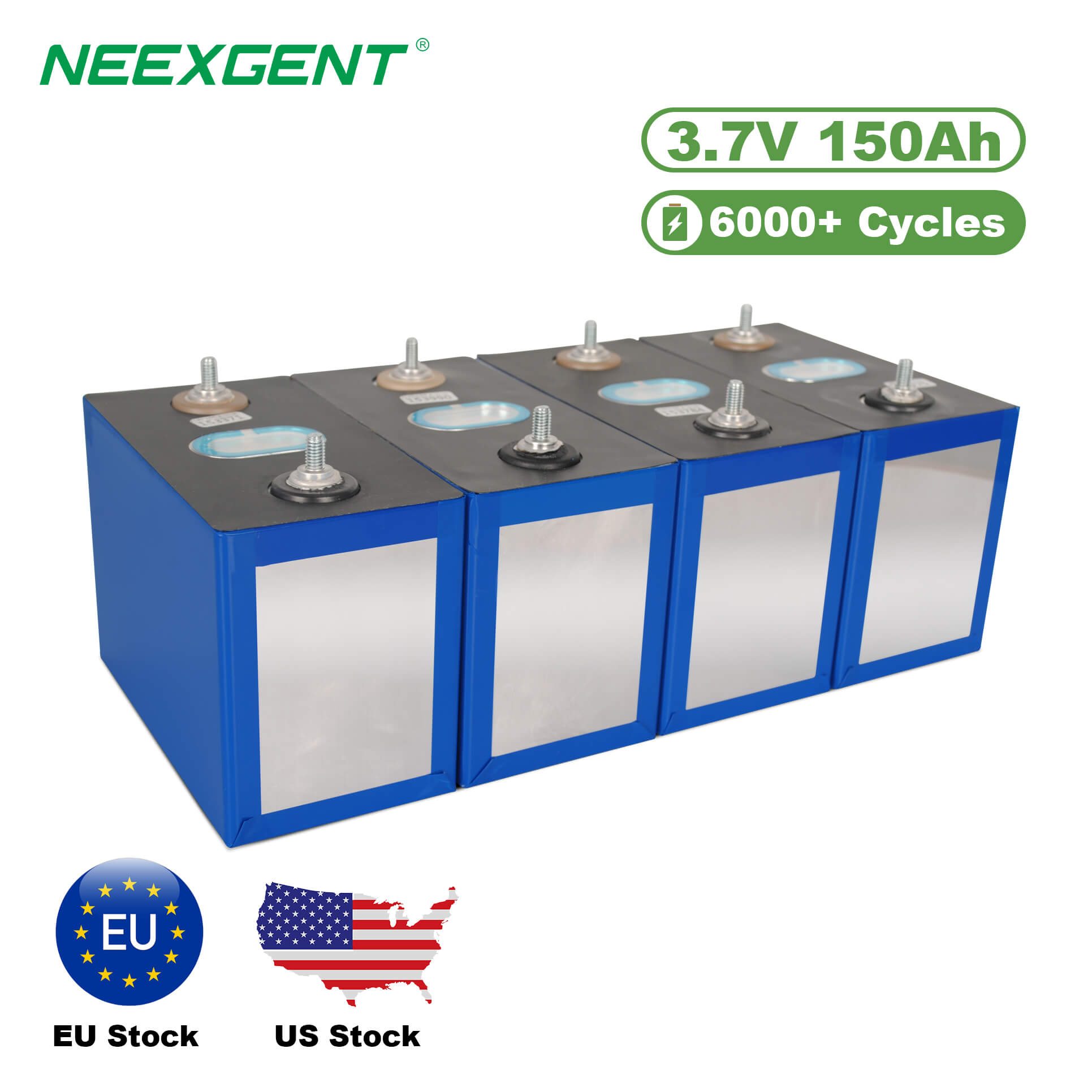Contents:
Solar power is widely regarded as one of the cleanest and most sustainable forms of energy. It leverages sunlight to generate electricity, thereby reducing reliance on fossil fuels and minimizing greenhouse gas emissions. However, like all energy technologies, solar power generation has some environmental impacts. This article explores whether solar power generation causes pollution and highlights its overall environmental profile.

Environmental Impacts of Solar Power
1. Manufacturing and Resource Use
The production of solar panels involves the extraction and processing of raw materials such as silicon, silver, and rare earth metals. These activities may contribute to:
- Air pollution from mining and refining processes.
- Water pollution from waste disposal and chemical runoff.
- Energy consumption, as manufacturing processes often rely on electricity from non-renewable sources.
2. E-Waste
Solar panels have an average lifespan of 25-30 years. At the end of their lifecycle, improper disposal can lead to electronic waste (e-waste), which may release hazardous materials such as lead and cadmium into the environment.
3. Land Use
Large solar farms require significant land areas. Clearing land can disrupt local ecosystems, leading to habitat loss and changes in biodiversity.
4. Chemical Usage
Manufacturing solar panels involves using hazardous chemicals such as hydrochloric acid, sulfuric acid, and sodium hydroxide. If not properly managed, these substances can pollute the environment.
Comparative Analysis of Environmental Impact
Below is a summary of the pollution generated by solar power compared to fossil fuels and other renewable energy sources.
| Energy Source |
Air Pollution |
Water Pollution |
Land Use Impact |
| Solar |
Low (manufacturing phase) |
Low to moderate |
Moderate |
| Coal |
High |
High |
High |
| Wind |
Minimal |
Minimal |
Low |
| Natural Gas |
Moderate |
Moderate |
Moderate |
Mitigation Strategies for Solar Energy Pollution
To ensure solar energy remains as sustainable as possible, the industry can adopt several practices:
-
Recycling Programs: Developing efficient recycling methods for solar panels to reduce e-waste.
-
Sustainable Manufacturing: Using renewable energy in manufacturing processes and sourcing materials responsibly.
-
Land Management: Designing solar farms that coexist with local ecosystems by integrating them with agriculture or using rooftops.
Solar power remains a cornerstone of global efforts to transition to renewable energy. While it is not entirely free of environmental impact, its advantages far outweigh its drawbacks compared to conventional energy sources.
Lifecycle Emissions of Solar Power
Although solar panels have environmental impacts during manufacturing, their overall lifecycle emissions are far lower than those of fossil fuels. Below is a visual representation of the lifecycle emissions of different energy sources, measured in grams of CO₂-equivalent per kWh of electricity produced.
Long-Term Benefits of Solar Power
1. Reduction in Carbon Emissions
Over its operational lifetime, a solar panel offsets significantly more emissions than it generates during manufacturing. The typical payback period for carbon emissions is less than two years.
2. Energy Security and Independence
Solar energy enables countries to reduce their dependence on imported fossil fuels. By investing in solar infrastructure, governments can achieve greater energy independence while simultaneously reducing pollution.
3. Economic Opportunities
The solar industry creates jobs in manufacturing, installation, and maintenance. It also fosters innovation in sustainable technology and recycling solutions.
4. Scalability
Solar systems can be deployed at various scales, from small rooftop installations to large utility-scale solar farms. This versatility ensures accessibility for diverse communities and regions.
Recycling and Disposal Challenges
As solar technology becomes more widespread, managing the end-of-life stage of solar panels has become a critical concern. Efficient recycling methods and policies are needed to handle the large volume of panels expected to reach their end-of-life in the coming decades. Below is a table summarizing the key challenges and potential solutions for recycling and disposal.
| Challenge |
Description |
Potential Solutions |
| Complex Material Composition |
Solar panels are made of various materials, including silicon, glass, and metals, making recycling complex. |
Develop advanced recycling technologies to efficiently separate and recover materials. |
| Lack of Infrastructure |
Few recycling facilities are equipped to handle solar panels on a large scale. |
Invest in specialized recycling plants and policies to encourage their development. |
| Cost of Recycling |
Recycling solar panels can be more expensive than landfilling. |
Implement subsidies or financial incentives to make recycling more economically viable. |
| Hazardous Material Risks |
Improper disposal can release hazardous materials like cadmium and lead. |
Establish strict regulations for safe disposal and recycling practices. |
Innovations in Solar Technology
The solar industry is continuously evolving, with innovations aimed at improving efficiency and reducing environmental impact. Some of the notable advancements include:
1. Perovskite Solar Cells
These cells promise higher efficiency at a lower production cost compared to traditional silicon-based panels. Perovskite technology is also more adaptable to flexible applications, opening up new possibilities for integration.
2. Bifacial Solar Panels
Bifacial panels capture sunlight on both sides, increasing energy output and improving land-use efficiency.
3. Thin-Film Solar Panels
Thin-film technology reduces the amount of material needed to manufacture solar panels, thereby lowering environmental impact and production costs.
4. Recycling-Friendly Designs
Researchers are developing panels with modular components to simplify the recycling process and reduce waste.
Environmental Benefits of Solar Energy
Despite the challenges, the environmental benefits of solar energy far outweigh its drawbacks. By replacing traditional fossil fuel-based energy sources, solar power significantly reduces air pollution and greenhouse gas emissions. Unlike coal or natural gas, solar panels do not emit harmful pollutants such as sulfur dioxide or nitrogen oxides during operation. This makes solar energy a crucial tool in combating air quality issues and reducing health risks associated with pollution.
Energy Efficiency and Cost Savings
Once installed, solar panels operate efficiently with minimal maintenance. They provide a consistent energy output without consuming additional resources, such as water or fuel, during use. This efficiency not only lowers the environmental impact but also translates to substantial cost savings for individuals and businesses. Over time, solar systems often pay for themselves through reduced electricity bills, making them an economically viable option.
Solar energy fosters energy independence at the local level. Communities that adopt solar technology can rely less on centralized power grids, reducing their vulnerability to power outages and fluctuating energy prices. In addition, distributed solar installations, such as rooftop panels, minimize the need for large-scale energy infrastructure, which can disrupt landscapes and ecosystems.
Reduced Resource Strain
Unlike fossil fuel extraction, solar energy production does not deplete finite resources. By relying on the virtually unlimited energy of the sun, solar systems help preserve natural resources for future generations while minimizing environmental degradation caused by mining, drilling, and transportation.
Solar power, therefore, stands as an exemplary solution to many of the environmental and economic challenges facing the energy sector today. Its ability to generate clean, efficient, and reliable electricity makes it an indispensable part of modern energy systems.
FAQs
No, solar panels do not produce greenhouse gases, air pollutants, or emissions while generating electricity. The energy production process relies solely on sunlight, making it a clean and renewable source of power.
The manufacturing of solar panels involves mining and processing raw materials, which can result in air and water pollution. Additionally, the process requires energy, often sourced from fossil fuels, contributing to carbon emissions. However, these impacts are significantly offset by the clean energy produced during the panels' lifespan.
Solar panels can contribute to electronic waste (e-waste) if not properly recycled. They contain valuable materials such as silicon and metals, which can be recovered. Recycling programs and policies are being developed to manage the growing volume of retired solar panels.
During their operation, solar panels pose minimal chemical risks. However, improper disposal at the end of their lifecycle can lead to the release of hazardous materials, such as lead or cadmium, if panels are not recycled or handled properly.
Solar power has far lower pollution levels compared to fossil fuels like coal or natural gas. Its lifecycle emissions, including manufacturing and disposal, are significantly lower than those of traditional energy sources, making it one of the cleanest available options.

